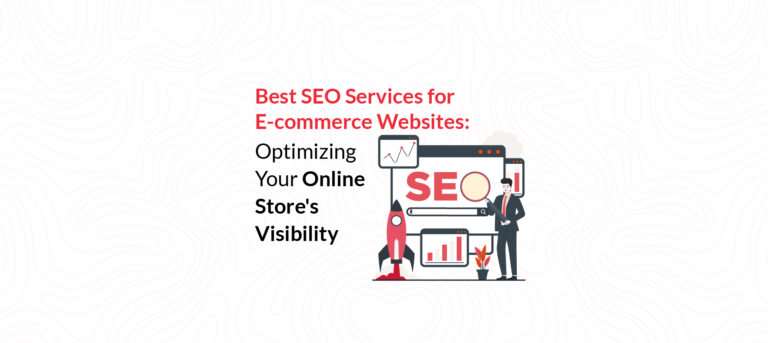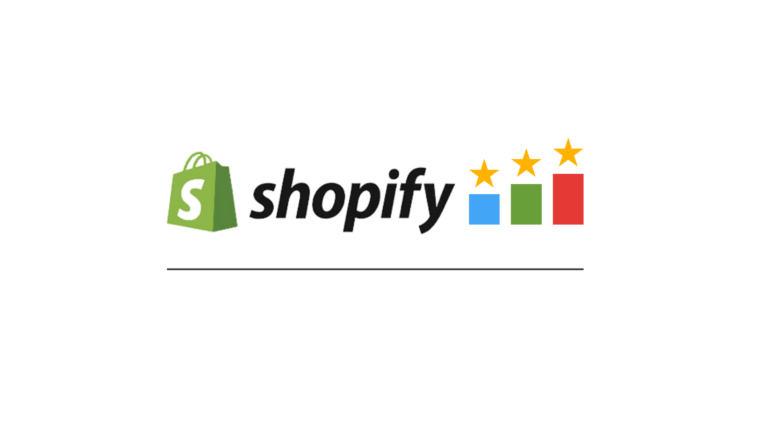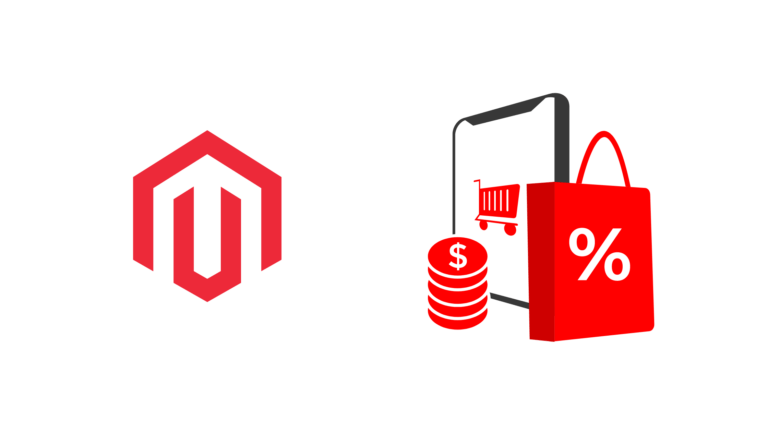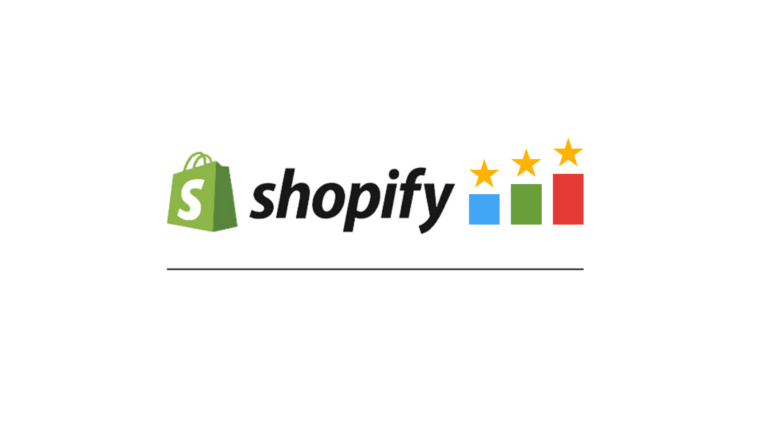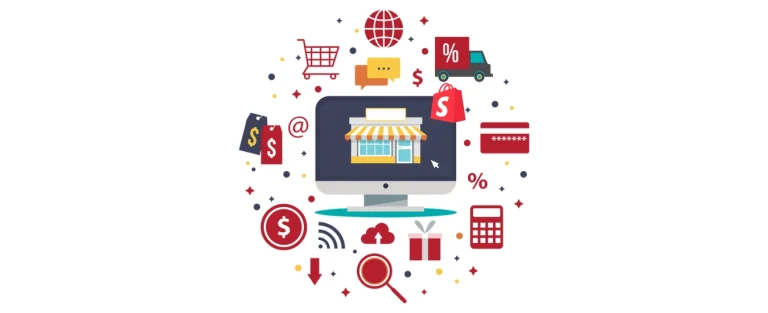Ecommerce CRO: Strategies and Tips to Boost Your Online Sales
In the fast-paced world of ecommerce online business, figuring out how many people actually buy stuff on your website is the key to lasting success. We call this magic number the ecommerce conversion rate. It’s the percentage of folks who go from just looking around to hitting that ‘buy’ button.
Now, let’s talk about the checkout stage. It’s not just a place to pay; it’s like a treasure hunt where you can make more people buy your stuff at every step.
Creating a smart plan to make the payment process better involves dealing with a bunch of challenges – like cards getting declined for no reason, tricky checkouts, and the fear of payment fraud. It’s not just about getting more people to buy; it’s about making them happy so they keep coming back, and your money flow becomes a cheerful melody.
In the big story of online businesses, there’s a tricky situation. Instead of searching for new ways or hiring more experts, let’s shine a light on the real hero – your website.
Before you throw money around like confetti, the real trick is to look closely at how many people actually buy stuff on your site. Imagine tools and tweaks making your site a sales superstar, working hand in hand with all your other digital marketing adventures.
Meet ecommerce conversion rate optimization, a kind of magic that’s been around since the early 2000s. It’s like a secret recipe to make your online store sing. This guide isn’t just about tips and tools; it’s about the heart of online platforms that will send your sales through the roof. Get ready to shine brighter than the rest and create your success story!
What is Ecommerce conversion rate optimization?
In the world of online shopping, ecommerce conversion rate optimization is like a helpful wizard, making your website better for boosting sales. The main goal is simple: increase the number of people who do certain things on your site, ultimately leading to more sales. But CRO is not just about selling; it’s about improving important things like how you pay, see products and those pop-up messages that guide you.
CRO is like the artist fixing little details in the journey customers take on your website to make sure more people buy stuff. It means adjusting how things look, what words are used, and where you click to make shopping easy and enjoyable. The big mission is to remove anything that slows down the process, like confusing forms or too many choices. From a faster checkout to simpler options, CRO acts like a helpful friend, reducing the chances of people leaving without buying and making the overall shopping experience smoother.
How do you calculate conversion rate optimization for an e-commerce site?
The key number you need to know for CRO is your conversion rate. Calculate it by dividing the number of SALES you want (conversions) by all the visitors, then multiply by 100 to get a percentage.
For example, if your product page had 1,000 visitors and 30 sales last month, your conversion rate is 3%, falling right into the 2% to 5% sweet spot suggested by e-commerce pros. Instead of doing the math yourself, you can make it easier by setting up a conversion event in Google Analytics.
CR = (Number of Conversions / Total Number of Visitors) * 100
CR = (30/1000) * 100 = 3%
Now, to figure out your e-commerce conversion rate, think of it as the percentage of people who visited your site and actually bought something. Pick a timeframe, count the orders, and find out how many people visited.
What is a Good Ecommerce Conversion Rate?
An average e-commerce conversion rate for digital storefronts lies between 3% and 5%, and if your digits dance above the 10% mark, consider yourself a digital rockstar.
On average, websites strive for a conversion rate of 2.35%. However, the crème de la crème, the top 25%, flaunts jaw-dropping rates of 5.31% or beyond. Behold the champions within the top 10%, boasting conversion rates of 12.35% or more.
The secret is to make it incredibly simple for people to do what they wish – such as purchasing a product. By combining the right visual appeal on your website with persuasive language, you effortlessly lead your visitors through the steps, ensuring their satisfaction. It’s akin to crafting a digital experience that not only draws attention but also gently steers individuals toward the actions you desire.
Importance of CRO for Ecommerce Industry
Strategic Decision-Making:
CRO acts as a compass for ecommerce businesses, helping them decide whether investments in website improvements are justified by quantifying the financial impact of abandoned carts.
Addressing Cart Abandonment:
CRO identifies and tackles the primary reasons for cart abandonment, including customer indecisiveness, technical glitches, and misalignment in checkout and landing page persuasiveness.
Stage-Specific Optimization:
Recognizing the varying conversion challenges at different stages of the buying cycle, e-commerce ensures meticulous optimization, preventing potential sales loss during product exploration, checkout, and payment stages.
Risk Mitigation:
Neglecting ecommerce conversion rates poses risks beyond lost sales, including negative reviews, canceled orders, and a decline in customer trust and loyalty.
Holistic Approach to Optimization:
CRO goes beyond immediate sales, fostering trust, loyalty, and positive customer experiences, which are essential for long-term e-commerce success.
Collaboration with digital marketing agencies like O Positive helps to improve ecommerce conversion rates, as they bring expertise, data-driven strategies, and industry insights to enhance ecommerce conversion rate efforts. The partnership between ecommerce enterprises and digital marketing agencies becomes a catalyst for sustained growth by ensuring a visible and conversion-friendly online presence.
Strategies and Tips to Improve Ecommerce Conversion Rate
Leverage Responsive Design:
Ensure your website is optimized for various devices, providing a seamless experience for users on desktops, tablets, and smartphones.
Optimize Page Loading Speed:
Faster-loading pages improve user experience and contribute significantly to reducing bounce rates, enhancing your site’s overall performance.
Implement Clear CTAs:
Strategically place compelling Call-to-Action (CTA) buttons, guiding users seamlessly through the conversion funnel with clear and persuasive messaging.
Prioritize High-Quality Imagery:
Visual appeal matters; use high-quality images to showcase products, allowing customers to make informed decisions and enhancing the overall aesthetics of your site.
Streamline Checkout Process:
Simplify the checkout process to minimize friction. Implement a concise and user-friendly checkout form, reducing the steps required for a successful purchase.
Integrate Trust Signals:
Build trust by incorporating trust signals such as security badges, customer testimonials, and industry certifications prominently on your website.
Utilize A/B Testing:
Conduct A/B testing to experiment with different elements like headlines, images, and CTAs. Analyze results to optimize for the most effective combination.
Harness the Power of Social Proof:
Display customer reviews, ratings, and testimonials to showcase positive experiences, instilling confidence in potential buyers.
Implement Personalization Techniques:
Utilize data-driven personalization to tailor the shopping experience, recommending products based on past behavior and preferences.
Enable Guest Checkout Option:
Offer a guest checkout option to reduce barriers for first-time customers, allowing them to complete purchases without the need for account creation.
Optimize Product Descriptions:
Craft compelling and informative product descriptions, highlighting key features and benefits to assist customers in making well-informed decisions.
Utilize Exit-Intent Popups:
Employ exit-intent popups to capture potential leads before they leave the site. Offer special discounts, promotions, or incentives to encourage conversion optimization for ecommerce websites.
Implement Shopify Conversion Rate Optimization (CRO) Tools:
Explore shopify conversion rate optimization tools and apps designed to enhance the performance of your online store. Leverage features like abandoned cart recovery and product recommendations.
Focus on Mobile Optimization:
Given the increasing mobile user base, prioritize mobile optimization to deliver a seamless and responsive experience across all devices.
Create Urgency with Limited-Time Offers:
Introduce limited-time offers, flash sales, or exclusive promotions to create a sense of urgency, motivating users to make quicker purchasing decisions.
Optimize for Local SEO:
Enhance your visibility in local searches by optimizing for local SEO from top digital marketing agencies like O Positive. OPositive isn’t just a provider of services; it’s a creator of strategies that reshape the world of online selling. This is particularly crucial for businesses with physical locations.
Provide Multiple Payment Options:
Cater to diverse customer preferences by offering a variety of payment options, including credit cards, digital wallets, and Buy Now, Pay Later (BNPL) services.
Regularly Update Your Website:
Keep your website content, product catalog, and promotions up-to-date to reflect the latest offerings and maintain relevance in the competitive market.
Utilize Ecommerce CRO Checklist:
Implement a comprehensive e-commerce checklist covering key aspects such as website design, navigation, and performance.
Implementing these strategies, backed by thorough research and incorporating the mentioned keywords, can significantly enhance your ecommerce conversion rate, leading to improved customer satisfaction and sustained business growth.
Conclusion
As we finish our exploration into making online businesses thrive, one crucial aspect stands out—mastering conversions. This guide on ecommerce conversion rate optimization has been like a friendly guide, showing the way through the intricate world of online success. And in closing this journey, it’s important to highlight the valuable role played by a pioneering digital marketing agency, O+.
Understanding how to boost conversion rates isn’t just a quest; it’s a change that’s guided by leaders in the field, like O+. As businesses work to improve their conversion rates, O+ is there as a symbol of innovation, knowledge, and strong dedication to doing digital things excellently. O+’s influence isn’t just on the pages of this guide; it’s deeply embedded in the stories of success in conversion.


